India’s victory at the Badminton Asia Team Championships (BATC) was a team effort, but the women’s doubles pair of Gayatri Gopi Chand and Treesa Jolly played a significant role. The two 20-year-olds were unbeaten throughout the tournament and won crucial doubles matches against higher-ranked opponents. They helped India secure a 3-2 win against China in the group stage, defeated a former World No. 2 pair in the semifinals against Japan, and secured the championship against a World No. 10 pair in the final against Thailand.
Ahead of the European leg of the international badminton circuit, the two spoke to Sportstar about how their partnership was formed, how their contrasting personalities complement each other perfectly on the court, their aspirations for the Olympics, and why Treesa is referred to as the ‘Kumbhakaran’ of Indian badminton.
ALSO READ | I think my life will change after this win, says Anmol Kharb
Congratulations on your win at the Badminton Asia Team Championships. How did you celebrate the win?
Treesa: We celebrated the win right after the Championships were over. The entire team went for lunch, and we had boba tea. It was a pretty fun evening.
When you go out for lunch, what do you guys end up ordering? Do you guys have the same thing?
Gayatri: Taste-wise, the only thing we try to avoid is sugar. But Treesa loves sushi, and I prefer eating Indian food these days. It wasn’t always like this. Last year, I liked Japanese food, and Treesa would eat Indian food. But these days, I’m not so much into raw food.
Treesa: She’s the one who changed my taste. She got me into Japanese food. Last year, she told me to try sushi, and I ended up liking it. But nowadays, she likes Indian food!
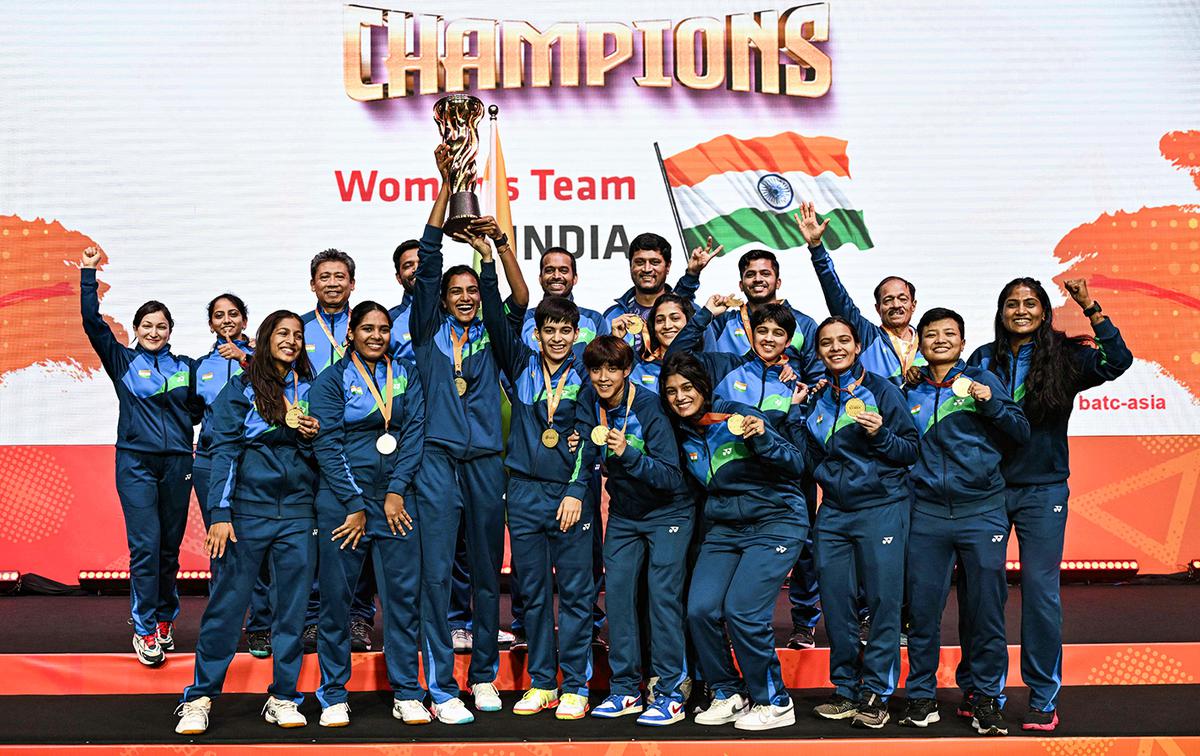
India’s women players celebrate with the trophy after winning against Thailand at the Badminton Asia Team Championships.
| Photo Credit:
AFP
India’s women players celebrate with the trophy after winning against Thailand at the Badminton Asia Team Championships.
| Photo Credit:
AFP
You play in different positions on the court (Gayatri at the net and Treesa towards the back), and you also seem to have very different personalities off it.
Gayatri: We have completely different personalities. Even our kit bags are different. Treesa collects so many keychains! She is also very outspoken. She can mingle with people very well. That’s something very nice. I think I’m a little private. I feel it’s a little better to keep it like that these days. I’ve always found it better to be alone. My Instagram is private because I don’t like to have interactions with too many people. It’s changing a little, and I think the BATC helped with that. I enjoyed being with friends and with the whole team.
You were part of a historic win at the Asia Team Championships. What does that do for you?
Treesa: We got a lot of confidence from how we played there. We played and won a few good matches. The match against the Japanese pair (current World No. 6 and former World No. 2 Nami Matsuyama and Chiharu Shida) was important. We were leading the third game 19-13, and then it became close — like 20-all. And it was tricky because both of us (India and Japan) were wondering which way it was going to go. The whole team was cheering for us. And in the end, we managed to get the win. When it’s that close, there is a lot of pressure, especially when they made it 20-20. We just hung in and didn’t make that many errors. We just told each other, ‘Don’t make errors’.
Gayatri: I wasn’t that confident before the tournament because I was coming back from an injury. We had played just a couple of tournaments before the BATC. Even against Japan and China, I didn’t think we would win. But it was different after we beat Japan. Compared to that match, I was much more confident against Thailand in the final, even though they were also higher ranked than us (Jongkolphan Kititharakul and Rawinda Prajongjai are currently World No. 10). We had beaten these players before. Although we were confident, they also changed how they played against us. We were trailing in the third game, but once we caught up, the match changed very quickly in our favour.
You picked up three consecutive wins (they beat China’s World No. 22 Li Yi Jing and Luo Xu Min in their opening match of the competition), and you also have many wins over higher-ranked players in the past year. At what point did you stop seeing these as upsets and just as regular wins?
Treesa: The confidence came at the 2022 All England (when they beat World No. 2 and reigning world silver medallists So-Hee Lee and Shin Seung-chan). We have confidence that we can beat the top players in the world. But even now, we don’t go in thinking we have to win. Gayatri always says, ‘Go with the flow’. So we go with the flow, and even now, I think we are just chilling out on the court!
You’ve had a lot of good results over the years — the Commonwealth Games bronze, the runs at All England, and, of course, the BATC gold — where would you rate this?
Treesa: I think we place all of them on the same shelf. We played quite well during BATC. That gives us the confidence to play well in the coming tournaments. After the All England, both of us felt very motivated and confident that we could be among the best in the world. We are proud of the medal we have won. Hopefully, we can get more medals and make India proud.
Part of what is fascinating about your partnership is that you only started playing together recently. Treesa has always been a strong doubles player, but Gayatri was a really strong singles player. Why did you decide to shift?
Gayatri: I love doubles. Even when I was a singles player, I had a passion for playing doubles. I love singles as well. But there’s something about doubles that I like. During the [Covid-19] lockdown, me and my dad were sitting, and I thought maybe I should try playing this, and it just worked out very well. In the first few years, we were playing in the All-England semifinals, and we were getting to play the top players in the world. That was a really fast improvement. Playing (and beating) the Korean players changed everything. I was a lot more confident (about sticking to doubles) after that. I started playing it, thinking maybe this could be an option, but it worked out in my favour. So I’m happy.
Treesa: I was surprised when Gayatri played doubles. I think when she played juniors, she played both awesomely. She played doubles in juniors as well. But she was very good at singles. She’s much better than me, for sure. If I play singles, she will beat me below ten! After lockdown, she shifted to doubles, and the coaches decided that we would play doubles together. They felt that the combination would be very good. That’s how it went.
Gayatri, was it ever difficult to deal with the expectations that come with being Pullela Gopi Chand’s daughter?
Gayatri: It’s something that I can’t avoid. At the same time, he’s never put that pressure on me. He is very chill. He always tells me to just play and enjoy myself. He tells me, ‘Whatever happens, I’m happy with you.’ There’s never been any pressure from his side.
I’ve noticed you have a tattoo on your right arm. What’s that about, and was that something he was chill with?
Treesa: Finally, someone asked her about it!
Gayatri: I just liked the design, so I got it. It’s the yin-yang symbol. Although Treesa and I get along really well, it’s not about her. It’s something that makes sense to me. It’s about balance, but I mostly got it because of the design. Dad was okay with it. Dad liked it. I had asked him before getting it. I talked to him about getting a dad-daughter sort of tattoo, but he told me, ‘Why do you want to get something on your body?’ And ultimately, Dad is in my heart!
“We don’t specifically think about the Olympics. There’s a lot of tournaments coming up. We know that if we play well, we could make it to the Olympics.”
— Treesa Jolly (left)
| Photo Credit:
SANDEEP SAXENA
“We don’t specifically think about the Olympics. There’s a lot of tournaments coming up. We know that if we play well, we could make it to the Olympics.”
— Treesa Jolly (left)
| Photo Credit:
SANDEEP SAXENA
Two Indian pairs are very strong right now. Aparna Popat told us that the strength in women’s doubles is India’s biggest strength in women’s team events now. What’s it like to have another really strong Indian pair who is on your side at the Asia Team Championships but who you also have to compete with?
Treesa: We practise with Ashwini didi and Tanisha (Crasto). The experience we can gain by practising with Ashwini didi is a lot. Even at this age, she is playing really well. That’s the inspiration we get from her. She has extensive experience playing against various countries and in different conditions, which she shares with us. It is a pleasure for us to learn from her because not everyone gets this opportunity.
Gayatri: People say there is a different pressure when playing someone from the same country. But it’s the same. There’s always pressure. I’ve never gone into a match without pressure.
There’s a bit of competition between the two of you about who gets to go to the Olympics. (Ashwini and Tanisha Crasto are the higher-ranked Indian pair at World No. 20 compared to Gayatri and Treesa, who are World No. 23.) The Games are just a few months away. Is it something you guys are thinking about?
Treesa: We don’t specifically think about the Olympics. Right now, we are playing in Europe. There’s the German Open, the French Open, and then the All-England. There’s a lot of tournaments coming up. We know that if we play well, we could make it to the Olympics.
Gayatri: At this moment, we want to do well in the tournaments that are coming up. If (Olympic qualification) it happens, we will be really happy. But if it doesn’t happen, it’s not the end of the world. We are just looking forward to the tournaments we have right now. Just playing against different players. Sometimes, the pressure is something we need to enjoy. You can’t help the pressure, so when you enjoy the feeling, it helps a lot. I genuinely don’t have long-term plans. I don’t think that far ahead. I enjoy the moment.
Treesa: I don’t even know what’s going to happen tomorrow! I think at this age, we just need to enjoy and play as much as we can and gain as much experience as we can. There’s no extra pressure. If I feel extra pressure, she (Gayatri) will make me relax. She comes and talks to me in a very cool and calm way.
You seem to get along well! Do you hang out together a lot?
Treesa: We do. I think when we go for tournaments, we might go shopping. We also like roaming around the mall. I think Gayatri makes us go out. She loves to go out.
Gayatri: I can’t sit in the room. I can’t sit there and do nothing. Whereas she likes to sleep!
Do you have any nicknames for each other?
Treesa: I’ve always called her Gaya. Everyone calls her that. There’s no nickname for me. Treesa is small enough.
What do you like the most about each other?
Gayatri: What I like about Treesa is that she is very energetic most of the time. Unless, of course, she is sleeping. But when she wakes up, she is full of energy. She is like Kumbakharan. I’d like to have her energy on the court.
Treesa: Bolo Chillake khelti hai, woh chahiye (Just say she screams and plays, and I want that). I love Gayatri’s calmness and the way she handles tough situations. That’s something I can learn from.
Best mates: “What I like about Treesa is that she is very energetic most of the time. Unless, of course, she is sleeping,” says Gayatri.
| Photo Credit:
SANDEEP SAXENA
Best mates: “What I like about Treesa is that she is very energetic most of the time. Unless, of course, she is sleeping,” says Gayatri.
| Photo Credit:
SANDEEP SAXENA
Has there ever been a time when you guys didn’t agree on something?
Treesa: Of course, sometimes we do get into a disagreement. It’s not an argument or anything. But there are moments where there is a doubt about who goes to the shuttle.
Gayatri: When one is not in form, the other is always there to help. When I’m not playing well, she’s there to guide me and be solid in that position.
Gayatri was coming back from an injury towards the end of last season. How hard was it for both you and Treesa to bounce back from it?
Gayatri: This isn’t the worst injury I’ve had. I think you have to realise that every time you get an injury, you have a chance to recover and work on areas where there is some sort of pain. I’ve been able to do that. I think right now I’m feeling pretty good and fit.
Treesa: When Gayatri was dealing with this, I was waiting for her to come back to court soon. I was just practising. She feels that I need her, and it’s true. We all have gone through bad situations (injury), and she also feels I need to get back on court as well. I place her at 100 per cent fit. She is fully fit now!
ALSO READ | I want to be a world champion some day: Anmol Kharb
You train together at probably the best badminton academy in India. You have the likes of Satwik Rankireddy and Chirag Shetty training alongside you. What do you pick up from them?
Gayatri: The one thing I noticed is that the seniors come to training sessions an hour ahead of everyone else. They do a lot of small strengthening exercises. I didn’t use to do it before, but that’s something I’m incorporating as well. Those are the sort of little things that I try to do.
Treesa: We, of course, see how Chirag and Satwik are playing. They have been the world number one too. We can learn from the confidence with which they play, but as Gayatri said, it’s not just learning from what they are doing on the court; it’s also about what they are doing before practice. Those are the small things you need to pick up.
What have you learned from your past year?
Treesa: We learn a lot when we lose matches. I think very early in our career, there was this understanding that we needed to be sharp after 15 points. Compared to us, the other players were playing more safely. We need to be more careful while playing in that last part of the match. I think we learned this very early on — that we need to change these things. Of course, once we understand where we are making mistakes, we need to get more confident about what we are doing.
Where’s an area where you think you could get better?
Gayatri: There’s a lot of room for improvement. We are playing the top 10 players in the world, and I’m confident we can give them a good fight and beat them. But in general, both physically and mentally, there’s a lot of work to be done. The mental part of the game is crucial, especially towards the end of the game. It’s still a place where we need to work.

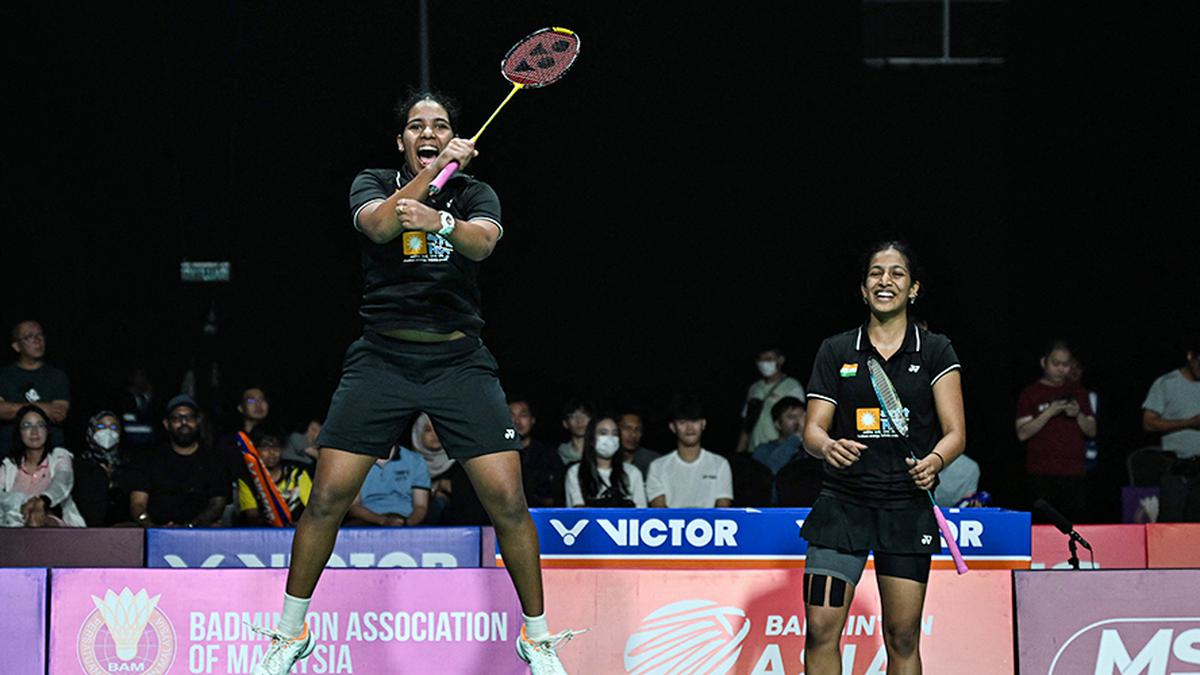

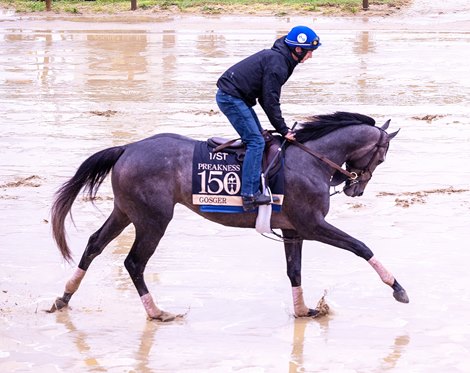
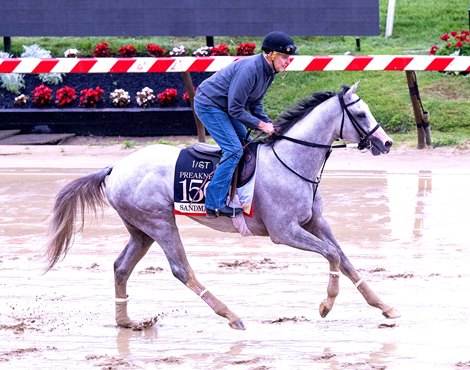
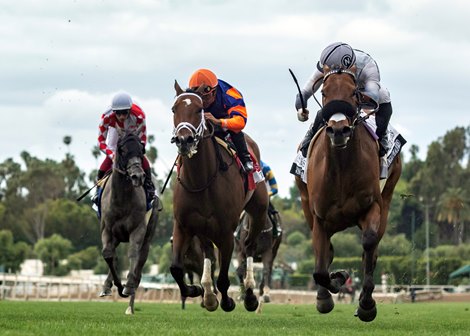
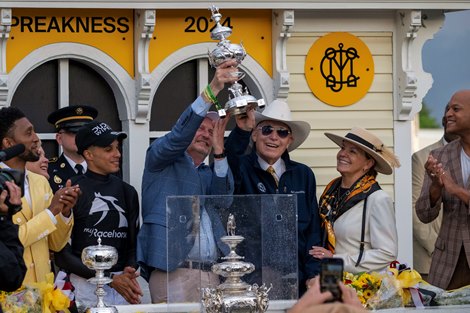

Leave feedback about this